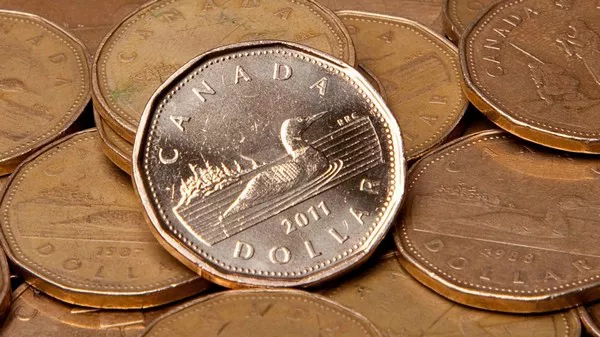The Canadian $100 note, a tangible representation of the nation’s identity and values, is not merely a piece of currency but a canvas that tells a story. From the intricate design elements to the advanced security features, the $100 note encapsulates the essence of Canada’s rich history, technological prowess, and cultural diversity. This article delves into the multifaceted aspects of the Canadian $100 note, exploring its design, security features, and the individuals depicted on its surface.
The Design Aesthetics
The design of the Canadian $100 note is a visual symphony that harmonizes various elements, reflecting Canada’s cultural and geographical diversity. The front of the note features an image of Sir Robert Borden, Canada’s eighth Prime Minister, who served during a crucial period from 1911 to 1920. His presence on the note pays homage to his leadership during World War I and his contributions to the country’s development.
Innovation and Technology
Embedded in the design are elements that showcase Canada’s commitment to innovation and technology. The metallic symbol on the front, known as a “spark,” is a tribute to the country’s advancements in research and innovation. The transparent window, a prominent feature on the note, is not just a visual marvel but also a testament to Canada’s technological achievements.
Cultural Icons and Diversity
The reverse side of the Canadian $100 note is a celebration of Canada’s natural beauty and cultural richness. The iconic image of an osprey in flight over a lake captures the country’s diverse wildlife and pristine landscapes. The Indigenous art featured on the note, including a Haida mask and an Inuit stonecut print, reflects the cultural heritage of Canada’s Indigenous peoples.
Security Features
In an era where counterfeiting poses a constant threat, the Canadian $100 note incorporates state-of-the-art security features to safeguard its integrity. These features not only protect against fraudulent reproduction but also instill confidence in users.
Polymer Substrate
The Canadian $100 note is made of a polymer substrate, a type of plastic that enhances durability and resilience. This choice of material not only contributes to the note’s longevity but also makes it more resistant to wear and tear compared to traditional paper currency.
Security Thread and Holographic Features
A metallic security thread is woven into the note, containing holographic features that change color when tilted. This dynamic element is not only visually striking but also acts as a deterrent against counterfeiters attempting to replicate the intricate details of the note.
Raised Ink and Tactile Features
The raised ink on specific elements of the note provides a tactile feature that aids the visually impaired in distinguishing denominations. This inclusive design ensures that all Canadians, regardless of visual ability, can confidently use and differentiate between currency denominations.
Individuals Depicted
Sir Robert Borden: A Statesman’s Legacy
The portrayal of Sir Robert Borden on the Canadian $100 note is a nod to his significant contributions to Canada. Born in Nova Scotia in 1854, Borden played a pivotal role during World War I, guiding the nation through tumultuous times. His leadership, commitment to women’s suffrage, and dedication to Canada’s interests earned him a lasting place in the country’s history.
Indigenous Artisans: Celebrating Cultural Heritage
The reverse side of the note features the work of two Indigenous artisans – Bill Reid and Kenojuak Ashevak. Bill Reid, a renowned Haida artist, contributed the striking Haida mask, while Kenojuak Ashevak, an Inuit artist, provided the mesmerizing stonecut print. Their inclusion on the note is a recognition of the rich cultural heritage and artistic prowess of Canada’s Indigenous peoples.
Circulation and Everyday Use
Beyond its aesthetic and symbolic significance, the Canadian $100 note is a practical and widely used denomination in everyday transactions. Its circulation contributes to the smooth functioning of Canada’s economy, enabling individuals and businesses to engage in a broad spectrum of financial activities.
Accessibility and Inclusivity
The note’s design, including its raised ink and distinct tactile features, ensures accessibility for all Canadians. The commitment to inclusivity extends to the currency’s usage, facilitating transactions for individuals with various needs and abilities.
Collecting and Commemorating
For some, the Canadian $100 note transcends its utilitarian purpose, becoming a collector’s item or a commemorative artifact. Collectors often seek notes with unique serial numbers, printing errors, or those featuring special editions. The note, with its intricate design and representations, serves as a tangible piece of Canadian history that collectors can cherish.
Conclusion
The Canadian $100 note, with its fusion of historical tributes, technological innovations, and cultural representations, serves as a window into Canada’s identity. It is not merely a means of exchange but a tangible expression of the nation’s values, achievements, and diversity. As it passes through the hands of individuals, businesses, and collectors, the note weaves a narrative that reflects the enduring spirit of Canada – a nation proud of its past and poised for a dynamic future.


